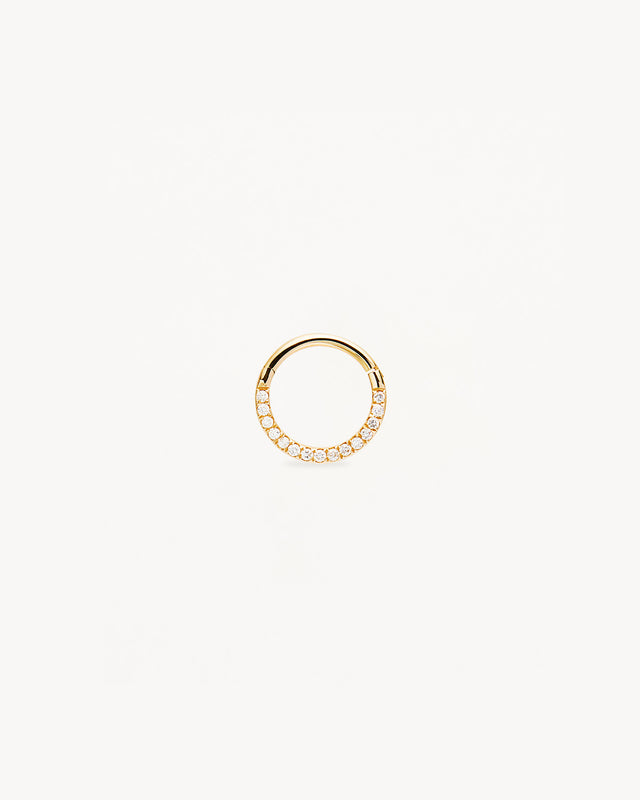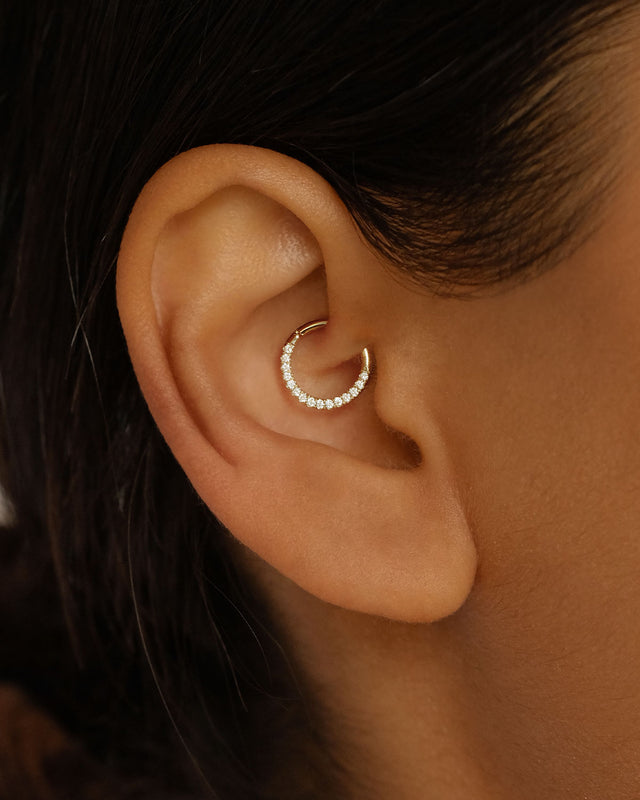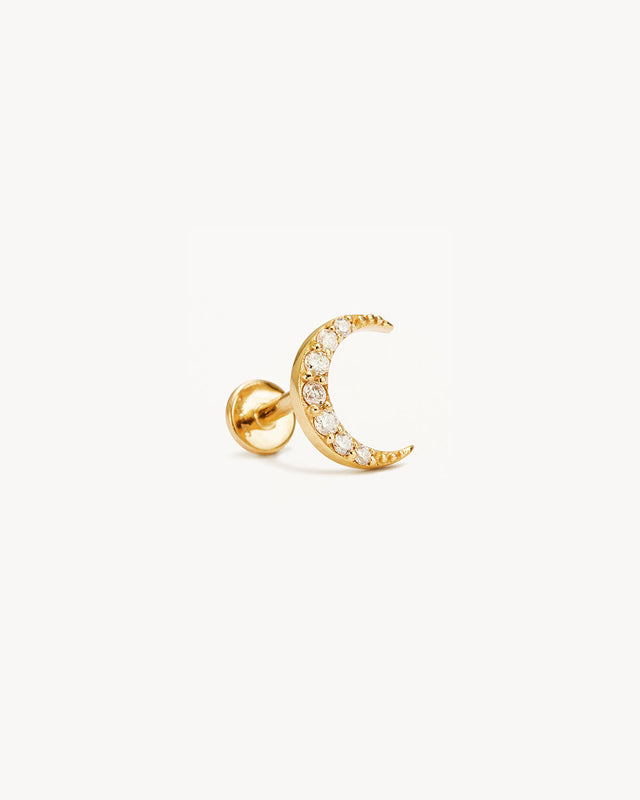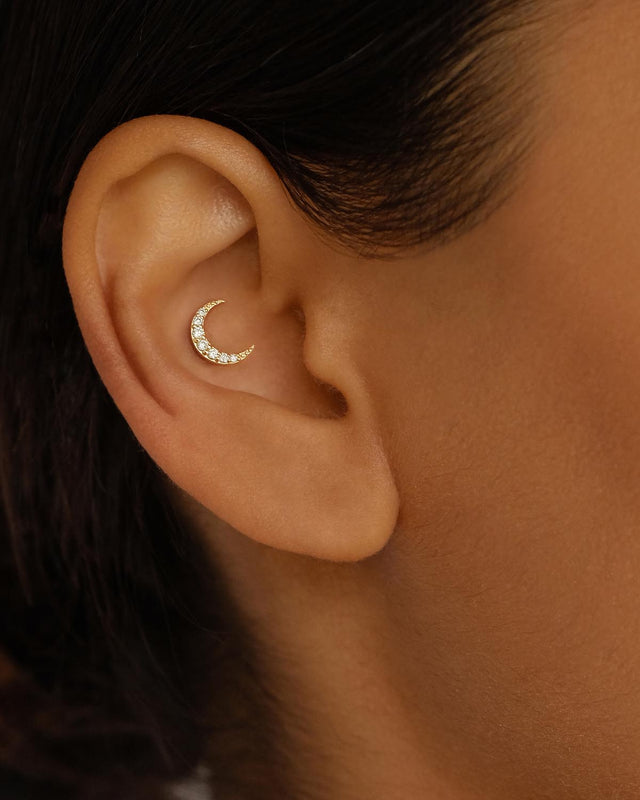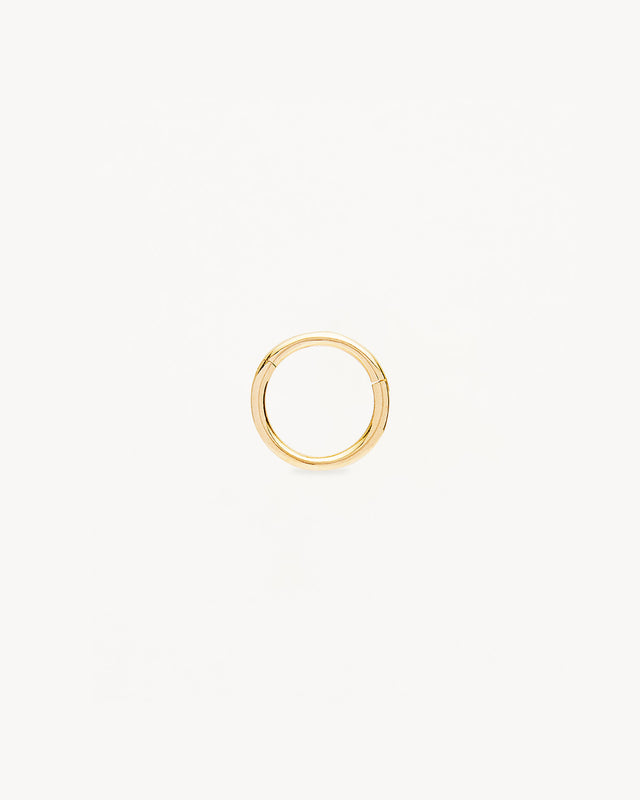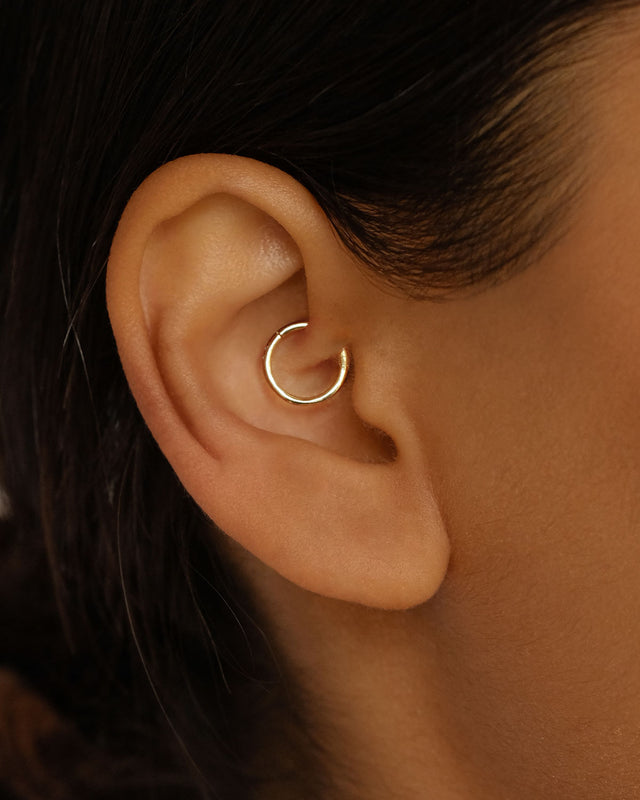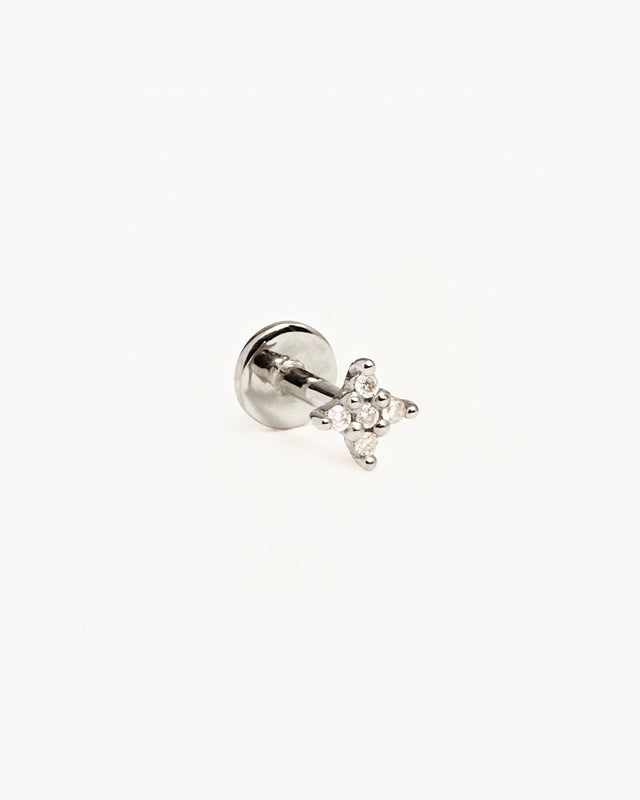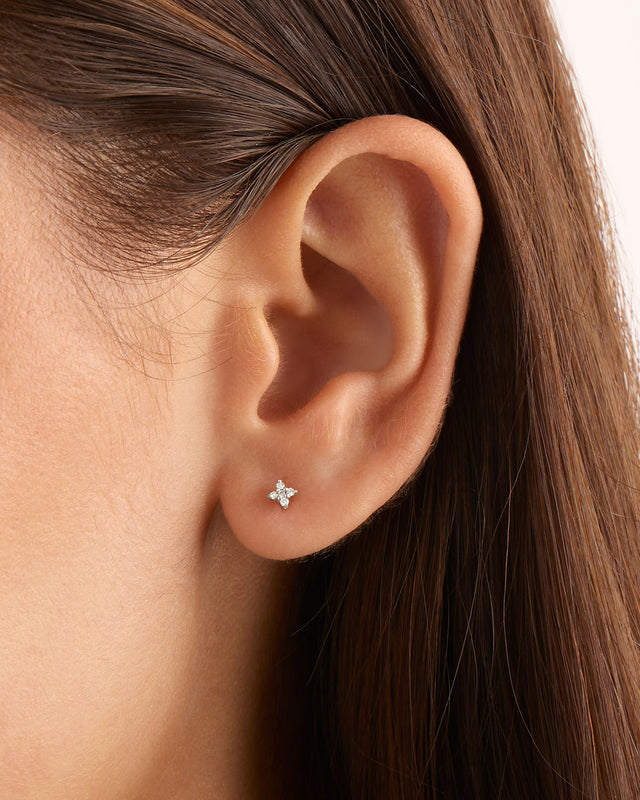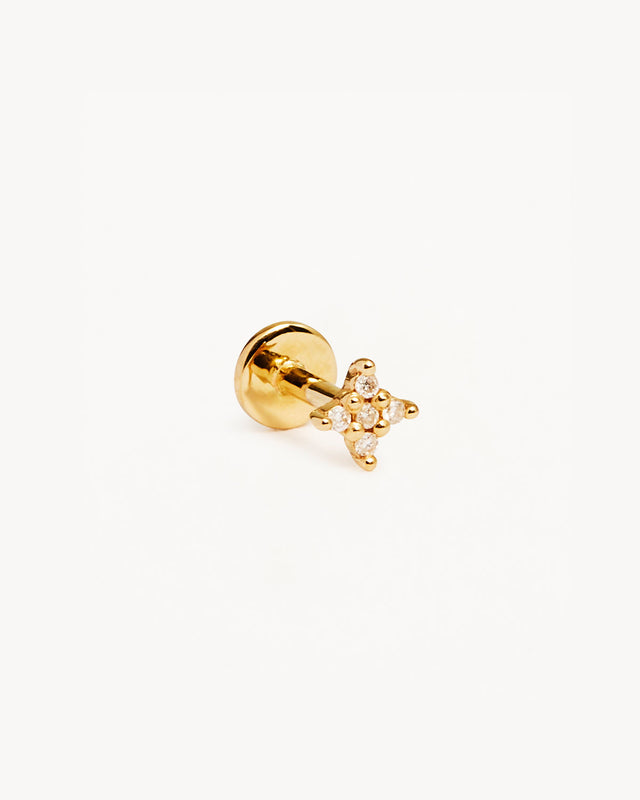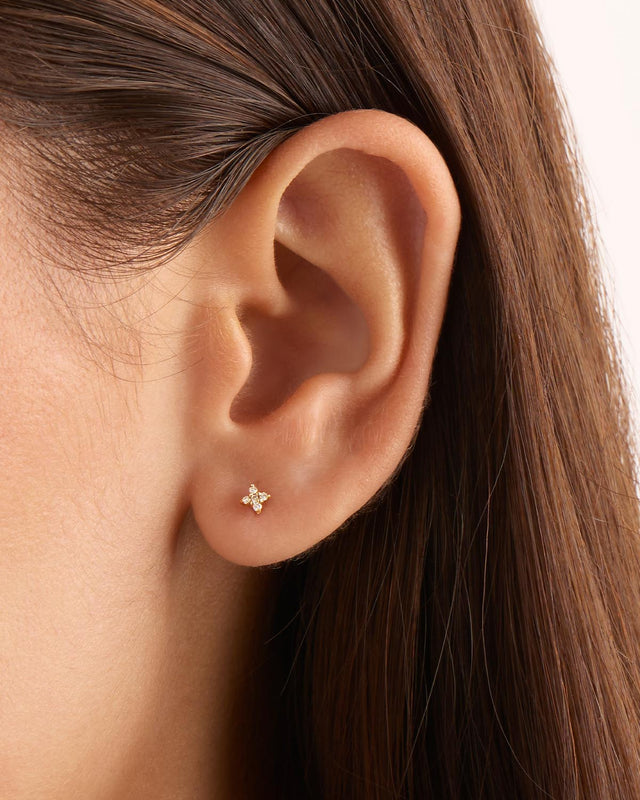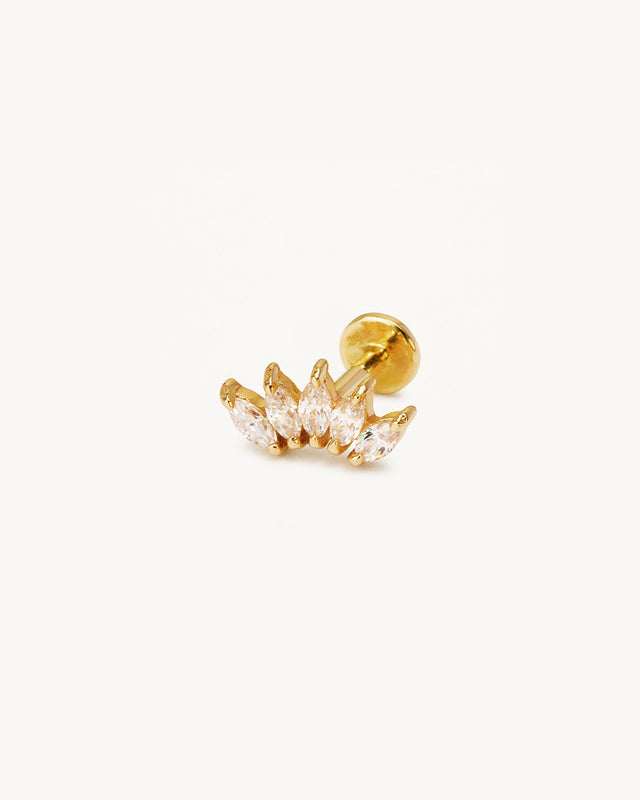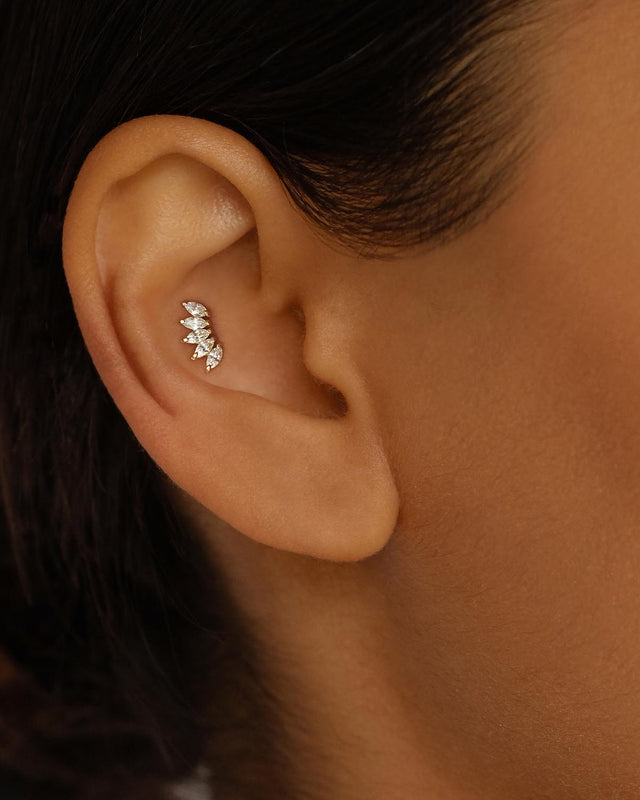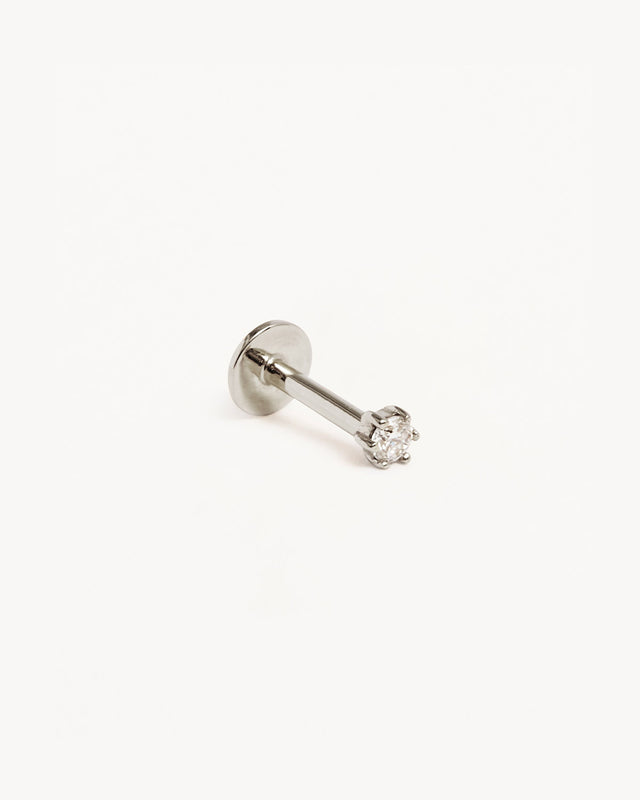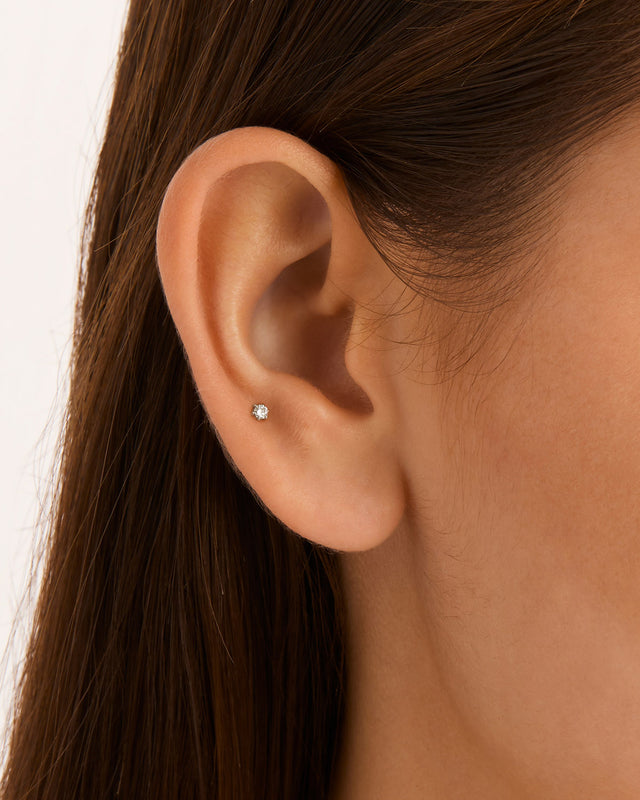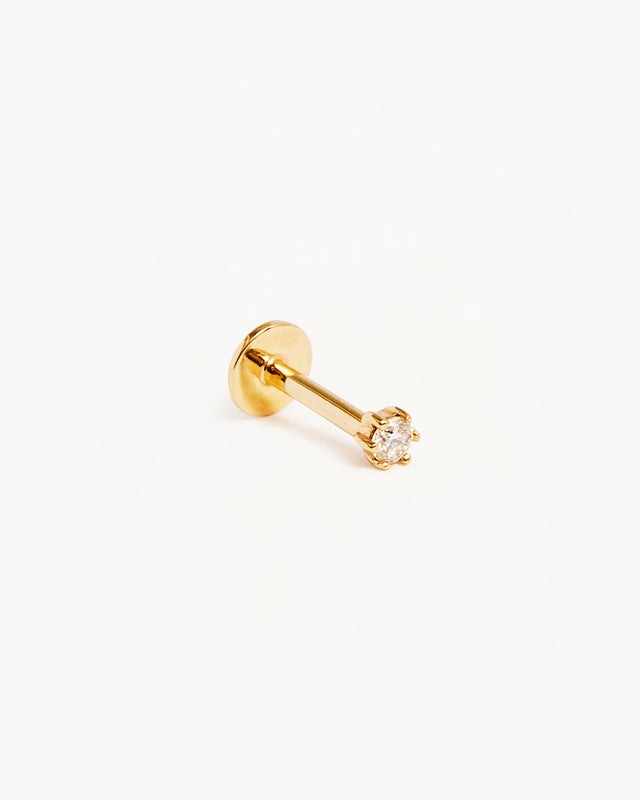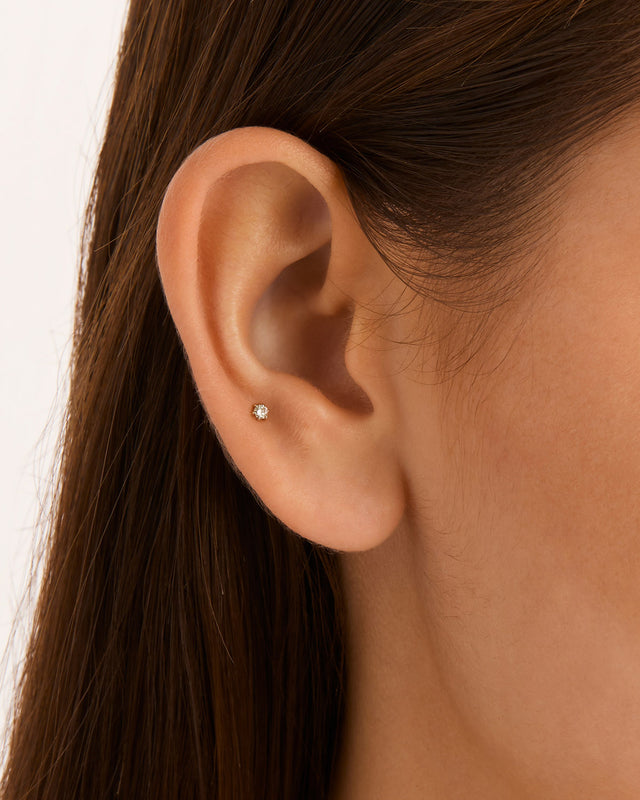Piercing Studios
The magic happens at our Piercing Studios...
At by charlotte, we believe that curating your dream ear stack should be a fun and personalised experience. Our expert piercers work exclusively with 14k solid gold jewellery and offer tailored styling advice and ear curation for your individual anatomy.
Sydney Foundation Boutique, NSW
43 William St, Paddington NSW 2021
Our Sydney Piercing Studio is open Fridays and Saturdays.
Robina Boutique, QLD
Shop 4077, Ground Floor, Robina Town Centre, Robina QLD 4226
Our Robina Piercing Studio is open Thursdays, Fridays and Saturdays.
Walk-in's are welcome or you can secure your preferred appointment time by booking below.
Pricing
All Piercings | $80 (First piercing)
Additional Piercings | $40 per piercing
14k Solid Gold Jewellery | From $99 per earring
Aftercare Kit | Complimentary
Checkup Appointment | Complimentary
Downsize Jewellery | $50 per piercing
Payment for both additional services and jewellery is due at the time of your visit. Some services may require a credit card payment to reserve an appointment. Complimentary Aftercare Kit and Checkup included with piercing services only.


Piercing Placements
Healing Times
Lobes: 3-5 months
Conch: 4-9 months
Daith: 6-12 months
Helix: 6-12 months
Flat: 6-12 months
Tragus: 6-12 months
Remember, the healing time frame for your piercings depends on how well you care for them.
Piercing Jewellery
Our piercings exclusively work with 14k solid gold internally threaded flatback earrings for lobe and cartilage piercings and 14k solid gold hinged clicker hoops for daith piercings. Explore our collection of piercing jewellery available at our Piercing Studio below.
Piercing Studio Styles
Booking Your Appointment
Booking an appointment at one of our by charlotte Piercing Studios is quick and easy.
Simply, click the Book An Appointment button below and select your preferred service, date and time.

Have A Question?
Read our Frequently Asked Questions or contact customercare@bycharlotte.com.au for more information.

